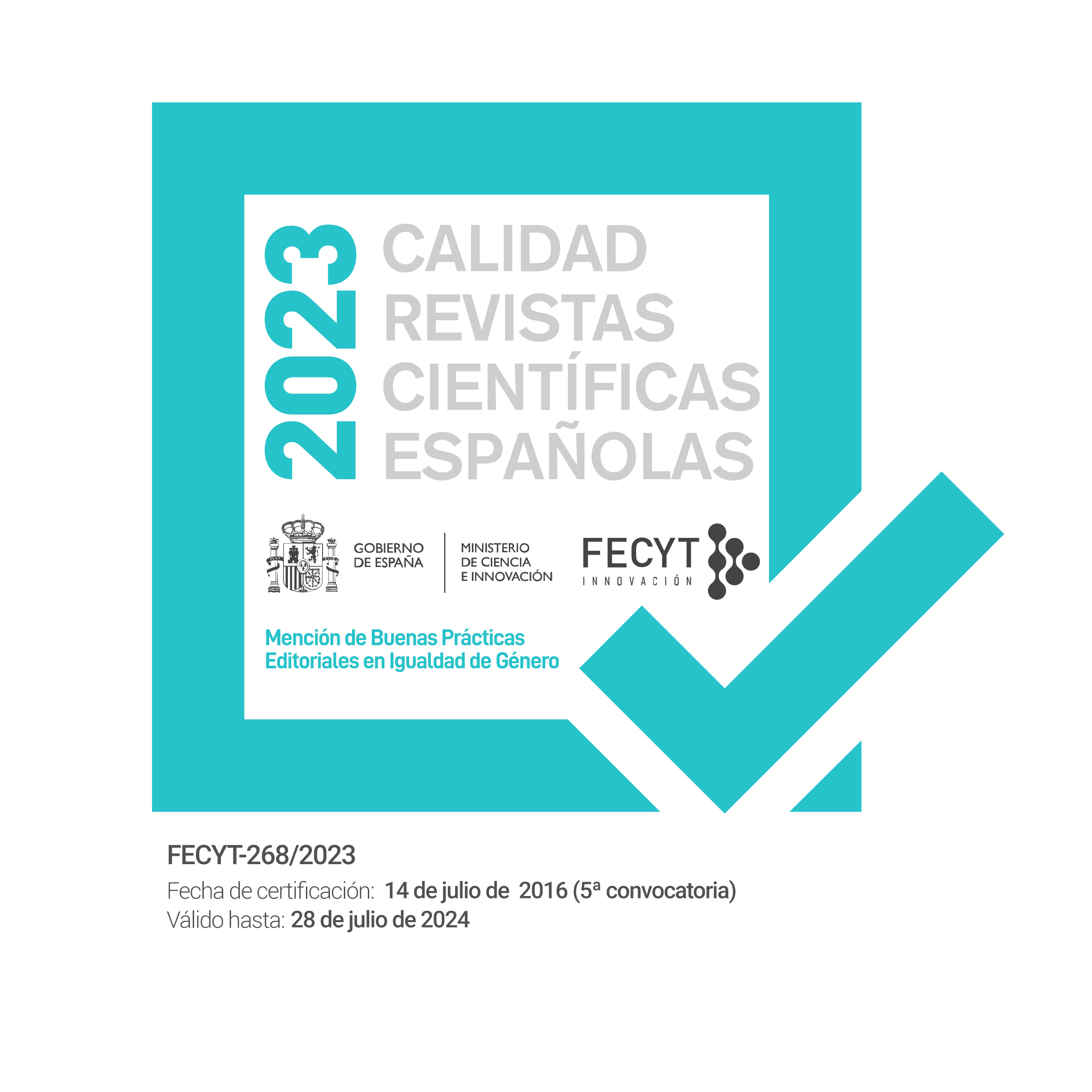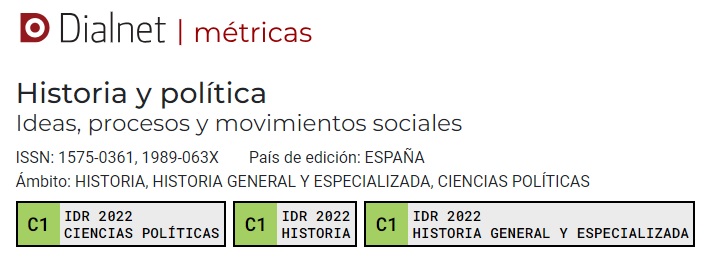Teresa, a journal for all women? Gender, class and the space of everyday life in the Sección Femenina’s transition to democracy (1960-1970)
DOI:
https://doi.org/10.18042/hp.37.05Keywords:
Sección Femenina of the Falange, Franco Regime, gender, class, Teresa.Abstract
Of all the journals published by the Sección Femenina the monthly Teresa, Revista para Todas las Mujeres, was the most read and the one published for the longest period. It functioned as the official mouthpiece of falangist women between the years 1954-1977, a period in the life of the Franco dictatorship marked by profound political, economic and social changes. The articles, interviews and images published in Teresa constitute a conscious effort to fashion the identity of young, urban middle class women. This effort was part of a large project aimed at creating an audience capable of identifying with the messages and images of falangist womanhood. The article analyses the relationship between gender and class in the Sección Femenina’s discourse and practices as a conservative women’s organization during the final years of the dictatorship and the transition to democracy. Our hypothesis is that during the second half of the 1960s gender issues were prioritized differently within the political agenda of right — wing women’s organizations. This was achieved partly through the manipulation of the concept of class and of class differences. The article analyses these changes by focusing on the ways in which the writers in Teresa described and defined the role of women within two spaces: the space of the home and of family life and the space of work and of professional life.Downloads
Published
Issue
Section
License
Copyright (c) 2017 Angela Cenarro

This work is licensed under a Creative Commons Attribution-NonCommercial-NoDerivatives 4.0 International License.
Authors whose contributions are accepted for publication in this journal, accept the following terms:
a. The authors retain their copyright and guarantee to the magazine the right of first publication of their work, which will be simultaneously subject to the Creative Commons Attribution License Attribution-Noncommercial-No derivative works 4.0 Spain, which allows third parties to share the work as long as its author and its first publication is indicated.
b. Authors may adopt other non-exclusive license agreements to distribute the version of the published work (e.g. deposit in an institutional repository or archive, or published in a monographic volume) provided the initial publication in this journal is indicated.
PLAGIARISM AND SCIENTIFIC FRAUD
The publication of work that infringes on intellectual property rights is the sole responsibility of the authors, including any conflicts that may occur regarding infringement of copyright. This includes, most importantly, conflicts related to the commission of plagiarism and/or scientific fraud.
Plagiarism is understood to include:
1. Presenting the work of others as your own.
2. Adopting words or ideas from other authors without due recognition.
3. Not using quotation marks or another distinctive format to distinguish literal quotations.
4. Giving incorrect information about the true source of a citation.
5. The paraphrasing of a source without mentioning the source.
6. Excessive paraphrasing, even if the source is mentioned.
Practices constituting scientific fraud are as follows:
1. Fabrication, falsification or omission of data and plagiarism.
2. Duplicate publication.
3. Conflicts of authorship.





